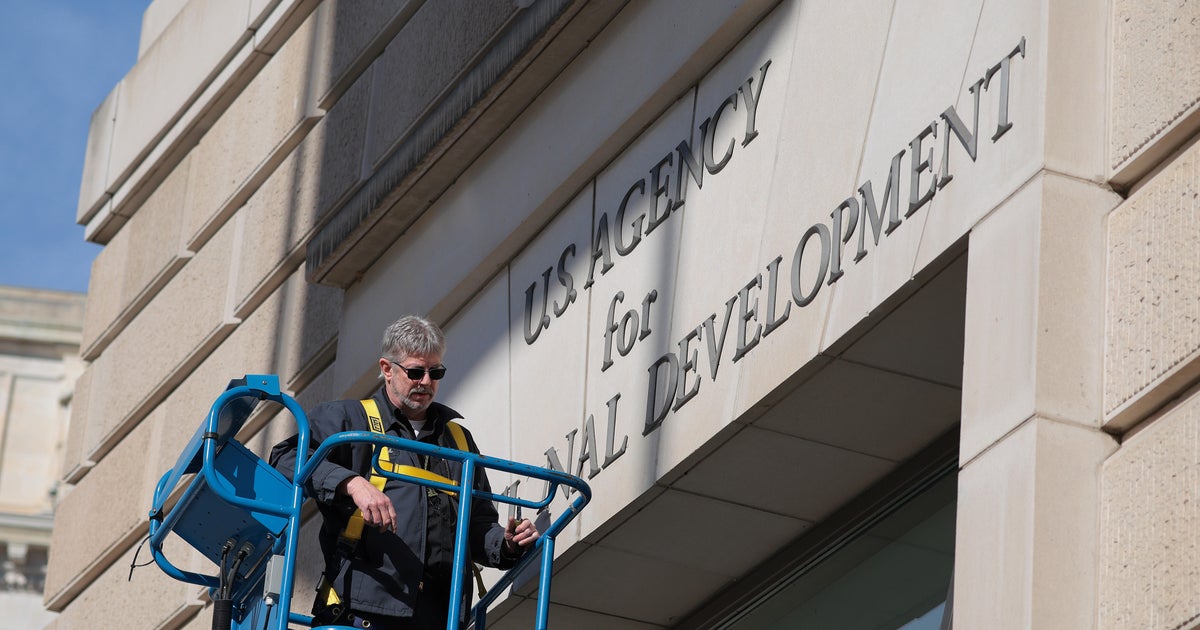Hurricane Irma track: Which forecast model should you trust?
WASHINGTON -- The fate of Florida depends on when and how Hurricane Irma makes a right turn.
National Weather Service Director Louis Uccellini says forecasters have no doubt it will turn in the days ahead. If it's an early, sharp turn, Irma is more likely to keep closer to the peninsula's eastern shore or even over water as it churns north.
But if it turns later and more widely, the center of Irma and its maximum destructive capacity would move inland.
Different computer models -- often run by different governments and various agencies -- use different recipes or formulas to mimic the atmosphere. They all also approximate current conditions differently.
- In Your Words: Tell CBS News how you're preparing for Irma
- Hurricane Irma devastates Caribbean as it roars toward Florida
So the resulting models look like a plate of spaghetti thrown on a map. But in that messy mass, meteorologists can get an increasingly strong idea of where a storm like Irma is heading.
A look at how those predictions are made:
Who to trust
The place to start is the National Hurricane Center's official forecast, say several meteorologists who are not part of the federal government. "You can't beat the hurricane center forecast," said Miami television meteorologist Max Mayfield, who was the director of the hurricane center from 2000 to 2007.
The hurricane center sees computer models other people don't, judges individual models and uses a consensus of the better performing models, he said. The center also shows how well they do over time -- and they are doing better. The trouble, say those experts, is that those same images of models are spreading over social media and they are getting misread. There are even bogus hurricane tracks spreading on social media.
How good are the predictions?
Forecasters track the beginnings of storms, whether they come out of unstable weather that pops up in the Gulf of Mexico, or chug off Africa in classic Atlantic storm mode like Irma. The models usually agree about where the storm will go for the next 12 to 24 hours and then spread out with time.
Today, the five-day forecast is as good as the three-day forecast was 15 years ago. And the margin of error for the five-day track forecast is nearly half of what it was when it was first introduced in 2001. What's key is that meteorologists don't stick to a single line or track because a slight change can mean a big difference, Mayfield said. For example, a tiny turn over Cuba, where mountains can eat up storms, can weaken Irma considerably.
What goes into a model?
Computer models are like massive apps that try to solve complex equations that simulate the behavior of the atmosphere and oceans, said MIT meteorology professor Kerry Emanuel.
Usually they don't go much farther out in time than five days, and if they do, it's with decreasing accuracy. They use real-time readings of wind, temperature, air pressure, humidity and more. But those real-time readings are sparse and spread out over the open Atlantic.
Sometimes the models point to the same general conclusion, like Superstorm Sandy hitting the New York-New Jersey area. The models did well about five days out in 2012, said Emanuel. Sometimes they are all over the place. This time they are in between, not widespread but not clustered, he said.
The better models
The top performing model is usually the European model, which is slightly ahead in long-term accuracy over the American one, Emanuel said. But that doesn't mean the European will be better every time, he said.
"Good forecasters look at the whole suite" of models, Emanuel said.
And sometimes one model is just nailing a certain storm so you stay with the hot model.
Forecasters also run so-called ensembles with as many as 51 tweaks to the data and formulas. They are lower resolution and quality but provide more information and possibilities for forecasters.
What should you look for?
"The best guide for risk is to look at the cone" of projected landfall, often called the "cone of uncertainty," said Jeff Masters, meteorology director at the private forecasting service Weather Underground. If you are in the cone, you should be concerned and prepared, he said. Even if you aren't in the cone but nearby, you need to pay attention.
The trouble is with the spaghetti of models, people focus too intently on one line, Masters said. The hurricane center cone only goes out five days -- and people want to know if they are in danger earlier, Masters said. So that's when they turn to the longer range models even if it is beyond that cone.
Who NOT to trust
The National Weather Service is warning people to watch out for fake forecasts after several went viral on social media.
"Keep your eyes out for fake forecasts. THIS is what an official NOAA advisory looks like. Note: forecast only goes out 5 days," the agency said on Facebook. They encouraged readers to visit the National Hurricane Center's official website if you are unsure of the source.
The warning comes after several websites claimed Irma would become a Category 6 storm -- which does not exist -- that would wipe entire U.S. cities off the map.





